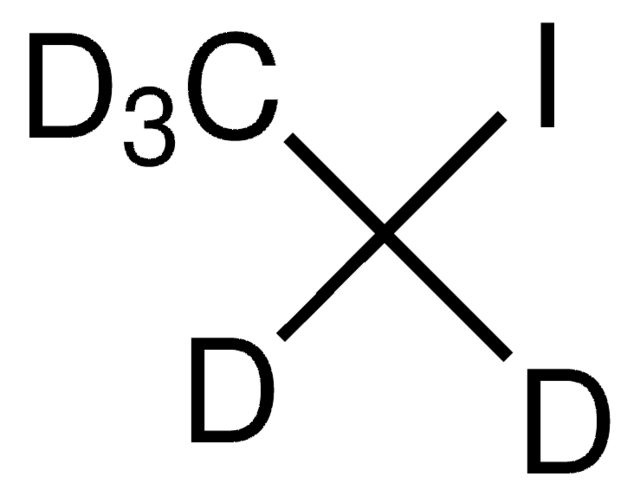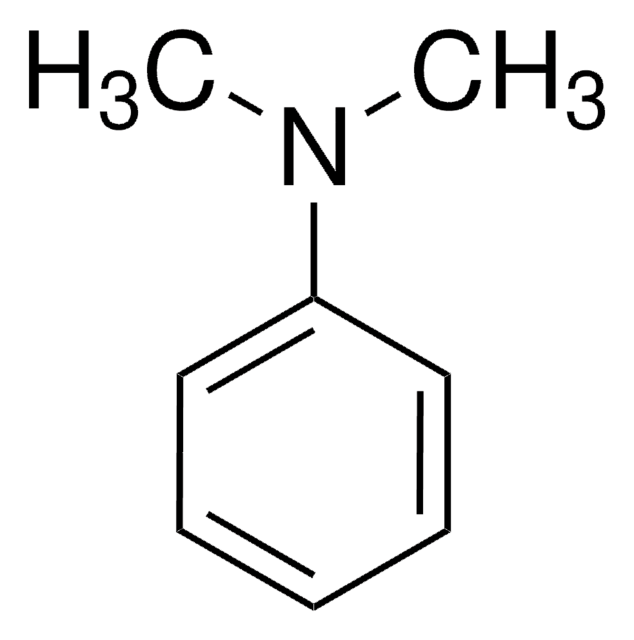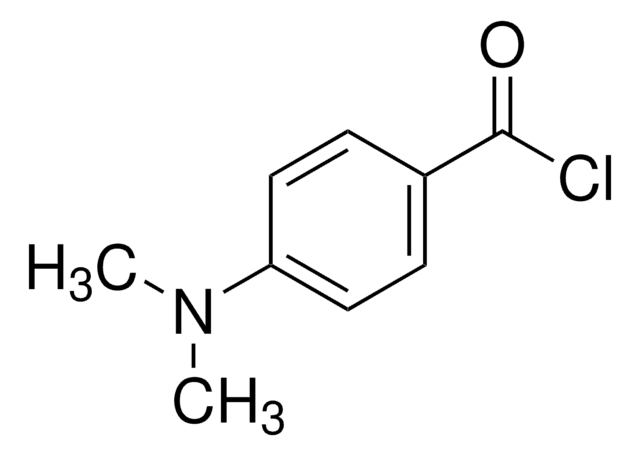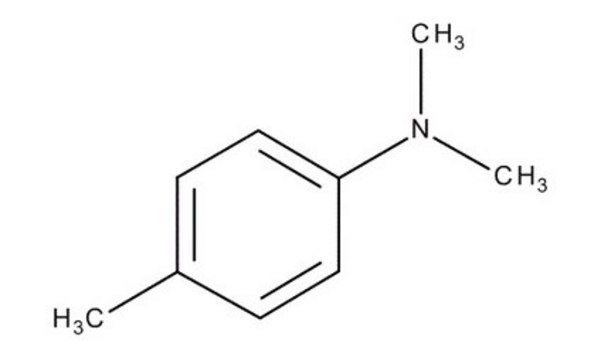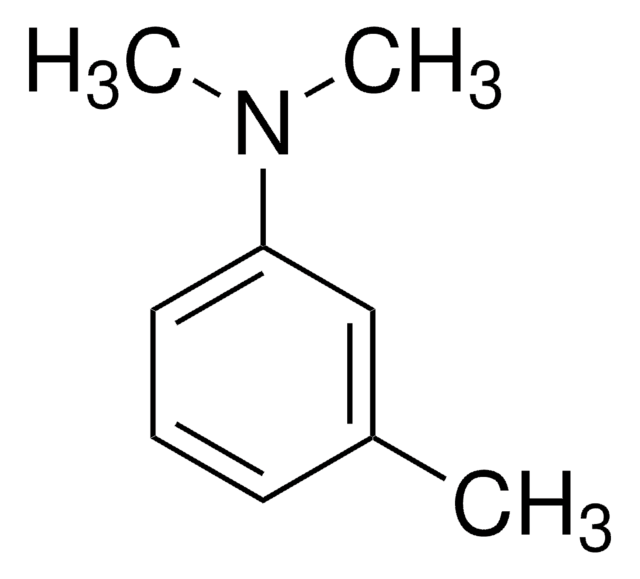347590
2-[4-(Dimethylamino)phenyl]ethanol
≥99%
Synonym(s):
4-(Dimethylamino)phenethyl alcohol
Sign Into View Organizational & Contract Pricing
All Photos(1)
About This Item
Linear Formula:
(CH3)2NC6H4CH2CH2OH
CAS Number:
Molecular Weight:
165.23
Beilstein:
2717032
MDL number:
UNSPSC Code:
12352100
PubChem Substance ID:
NACRES:
NA.22
Recommended Products
Assay
≥99%
form
solid
mp
54-58 °C (lit.)
SMILES string
CN(C)c1ccc(CCO)cc1
InChI
1S/C10H15NO/c1-11(2)10-5-3-9(4-6-10)7-8-12/h3-6,12H,7-8H2,1-2H3
InChI key
CDTPAAZQBPSVGS-UHFFFAOYSA-N
Looking for similar products? Visit Product Comparison Guide
General description
2-[4-(Dimethylamino)phenyl]ethanol (4-(Dimethylamino)phenethyl alcohol) is a more effective accelerator than N,N-dimethyl-p-toluidine (TD) for bone cement curing.
Application
2-[4-(Dimethylamino)phenyl]ethanol (4-(Dimethylamino)phenethyl alcohol) may be used as accelerator to investigate the the curing of bone cement at molecular level by electron spin resonance (ESR) spectroscopy. 2-[4-(Dimethylamino)phenyl]ethanol (4-(N,N-dimethylamino)phenethyl alcohol) may be used to compare the efficiency of different camphorquinone (CQ)/amine photo-initiating systems for the photopolymerization of a model dental resin.
Signal Word
Warning
Hazard Statements
Precautionary Statements
Hazard Classifications
Eye Irrit. 2 - Skin Irrit. 2 - STOT SE 3
Target Organs
Respiratory system
Storage Class Code
11 - Combustible Solids
WGK
WGK 3
Flash Point(F)
Not applicable
Flash Point(C)
Not applicable
Personal Protective Equipment
dust mask type N95 (US), Eyeshields, Gloves
Regulatory Information
新产品
Choose from one of the most recent versions:
Already Own This Product?
Find documentation for the products that you have recently purchased in the Document Library.
F F Oldfield et al.
Journal of biomedical materials research, 44(4), 436-445 (1999-07-09)
Electron spin resonance (ESR) spectroscopy was used to gain insight at the molecular level into the curing of bone cement. Methyl methacrylate was polymerized using a N,N-dimethyl-p-toluidine (TD)/benzoyl peroxide (BPO) redox system in the presence of polymethyl methacrylate (PMMA) powder.
Walter F Schroeder et al.
Dental materials : official publication of the Academy of Dental Materials, 23(10), 1313-1321 (2006-12-19)
The aim of this study was to compare the efficiency of different camphorquinone (CQ)/amine photo-initiating systems for the photopolymerization of a model dental resin based in Bis-GMA/TEGDMA. The monomer conversion versus exposure time was measured in resins containing different types
Our team of scientists has experience in all areas of research including Life Science, Material Science, Chemical Synthesis, Chromatography, Analytical and many others.
Contact Technical Service